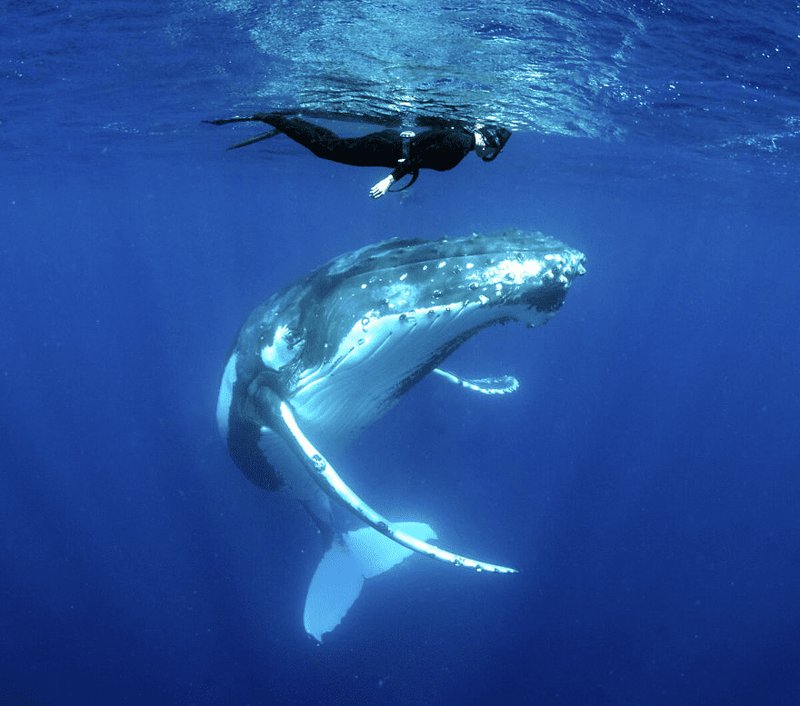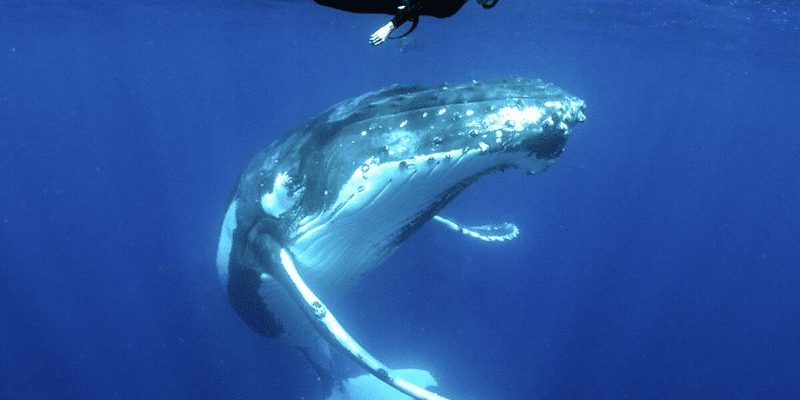
So, why should we care about interacting with whales safely? Well, just like our canine friends, whales have their own boundaries and ways of communicating. By understanding how to interact with them respectfully, we can ensure both our safety and the health of these magnificent animals. In this article, we’ll dive into the dos and don’ts, explore the types of interactions that are safe, and look at what happens when things go wrong.
Understanding Whale Behavior
Before we even think about getting close to a whale, it’s essential to understand their behavior. Whales aren’t just large fish; they’re intelligent mammals with complex social structures. Many species of whales, like orcas and humpbacks, have unique vocalizations and social bonds.
Key behaviors to observe include:
- Surface Breaching: When a whale breaches, it’s showing off. This is often a sign of playfulness or communication.
- Logrolling: This is when a whale rolls on its side, possibly to scratch an itch or just for fun.
- Tail Slapping: This can signal annoyance or discomfort and means you should give the whale some space.
By recognizing these actions, you can gauge the whale’s mood. If a whale seems agitated, it’s best to back off. You might be wondering, “How do I know when to interact or when to stay back?” Look for signs of curiosity over aggression. A curious whale may approach you, while an indifferent one will usually just continue on its path.
Safe Ways to Interact with Whales
Interacting with whales isn’t about simply jumping into the water. There are guidelines that help ensure both you and the whales have a positive experience. Generally speaking, the safest way to interact is from a boat or during a guided tour.
Here are a few safe practices:
- Stay at a Distance: Regulations often require a minimum distance, typically around 100 yards.
- Use Licensed Tour Operators: They know the rules and understand whale behavior.
- Don’t Feed the Whales: This can harm their natural feeding behaviors.
When you’re on a whale-watching tour, keep your eyes peeled, and listen to your guide’s instructions. They’ll often have fascinating insights into the species you’re observing, enriching your experience. Remember, the goal is to observe and appreciate rather than disturb.
Risks of Close Interactions
While it might be tempting to get up close and personal with a whale, there are risks involved. Whales are wild animals, and unexpected behaviors can occur. For instance, if a boat gets too close, a whale might feel threatened, leading to unpredictable movements.
Common risks include:
- Boat Collisions: Whales can be hard to spot underwater, and boats may accidentally hit them.
- Stress to the Whale: Close approaches can stress the animal, disrupting its normal behaviors.
- Potential for Injury: Being too close can lead to dangerous situations for both humans and whales.
So, how can we mitigate these risks? Education is key. Learning about local marine laws and staying informed about whale sightings and behaviors can help prevent accidents.
How Whales Communicate
Whales communicate in fascinating ways, using a range of sounds and body language. Their songs can travel long distances underwater, allowing them to connect with other whales. Imagine trying to chat with a friend across a busy street; whales do this without being able to see each other!
Common communication methods include:
- Vocalizations: Different species have distinct calls that serve various purposes, from mating to navigation.
- Body Language: Tail slaps or breaching can convey feelings of excitement, irritation, or alertness.
- Bubble Clouds: Some species use bubbles as part of their feeding strategy, creating a cloud to catch fish.
Understanding these methods can enhance our interactions. When whale watchers respect these communication cues, they often have better experiences and contribute to the whales’ comfort as well.
Conservation Efforts and Regulations
Conservation efforts are essential to ensuring whales thrive in our oceans. Various organizations work tirelessly to protect these creatures and their habitats. Laws often dictate how close vessels can get, prohibiting harassment and ensuring that both whales and humans can coexist peacefully.
Key aspects of conservation regulations include:
- Protected Areas: Certain regions are designated as safe havens for whales.
- Speed Limits: Boats may have to adhere to speed limits in whale habitats to prevent collisions.
- Monitoring Populations: Tagging and tracking programs help scientists understand whale movements and behaviors.
If you’re passionate about whales, consider supporting conservation organizations or participating in citizen science projects. Every small effort adds up to protect these incredible beings.
What to Do If You Encounter a Stranded Whale
Sometimes, despite our best efforts, whales may end up stranded on beaches. This can be a distressing situation for both the whale and those witnessing it. If you encounter a stranded whale, your immediate response can make a difference.
Steps to take include:
- Call Authorities: Contact local wildlife authorities or marine animal rescue groups.
- Keep a Safe Distance: Don’t try to push the whale back into the water, as this can cause more harm.
- Provide Information: Note the whale’s condition and location, as this helps rescue teams.
In these moments, human compassion can go a long way. It’s about being respectful to the animal while seeking help from those trained to handle such situations.
Final Thoughts on Safe Interactions with Whales
Interacting with whales can be an awe-inspiring experience, but it’s crucial to approach it with respect and caution. By understanding whale behavior, adhering to guidelines, and supporting conservation efforts, we can enjoy these ocean giants while ensuring their safety and wellbeing.
Ultimately, the ocean is their home, and by keeping a respectful distance, we can appreciate the beauty of whales without intruding on their world. So, the next time you find yourself contemplating a trip to see these magnificent creatures, remember: safety first, curiosity second. Let’s cherish our oceans and the wonderful life they hold—together, we can make a difference!

